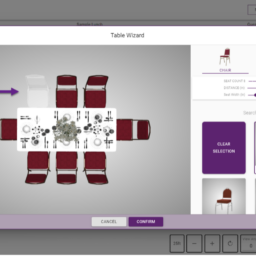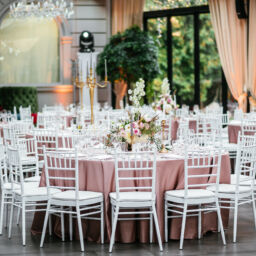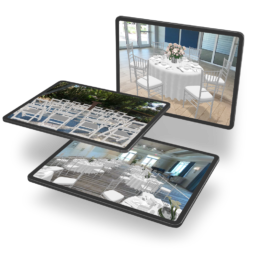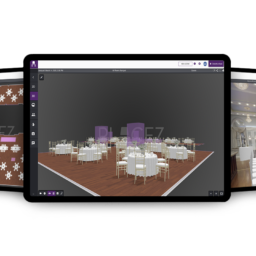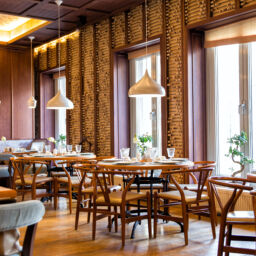Introduction
When it comes to Fourth of July events, fireworks are the main event. Whether it’s a city-sponsored display, a private party, or a hybrid experience with live entertainment, guests expect more than just a great show—they want the perfect spot to watch it from.
For venue managers and event planners, this means designing layouts that prioritize sightlines, crowd flow, and guest safety. And with tools like Placez, creating adaptable, visually-driven layouts for firework-focused events is easier than ever.
1. Start with the View: Sightlines Are Everything
Map out your display zone
Before planning seating or amenities, identify the launch area and its visibility range. Consider the height and angle of the fireworks, obstructions like trees or rooftops, and optimal viewing radius.
Designate high-visibility zones
Use Placez to create tiered layouts that reflect viewing quality:
-
Premium/VIP viewing areas
-
General lawn or picnic zones
-
Overflow seating or standing sections
2. Flow Comes First: Managing Movement and Access
The best events feel effortless to guests. But that only happens when planners think like traffic engineers:
-
Design multiple access points to avoid bottlenecks
-
Allocate clear paths for foot traffic, especially near restrooms and concessions
-
Plan entry/exit routes for large groups and emergency vehicles
Pro Tip:
Use Placez’s diagramming tools to overlay guest flow lines and emergency egress plans directly on your layout.
3. Blend Function with Comfort
Once the logistics are mapped out, it’s time to layer in comfort and ambiance:
-
Offer shaded zones or tented lounges for early arrivals
-
Use low-profile furnishings to preserve views for all guests
-
Strategically place food trucks or concessions near viewing zones without obstructing sightlines
Don’t forget lighting! Use ambient or pathway lighting to guide guests after dark without competing with the display.
4. Think in Phases: Events with Built-In Transitions
Fourth of July events often evolve throughout the day. Your layout should flex to accommodate:
-
Daytime picnics or performances
-
Evening food service and seating shifts
-
Fireworks grand finale viewing zones
With Placez, you can build and save multiple layout versions within the same diagram—letting you easily show clients and teams how each phase is configured.
5. Accessibility, Always
Great events include every guest. Ensure your fireworks layout accommodates:
-
ADA-compliant seating and pathways
-
Priority zones for guests with mobility needs
-
Accessible restrooms and first-aid stations
Labeling these clearly in your Placez diagrams helps ensure compliance and seamless vendor execution.
Conclusion
Designing around fireworks isn’t just about setting up chairs and hoping for the best. It’s about curating a fully immersive experience that balances excitement with safety, and spectacle with logistics.
With a visual planning tool like Placez, venue teams can create Fourth of July layouts that deliver a flawless guest experience—from first arrival to the final firework.
Frequently Asked Questions (FAQ)
1. How far in advance should I plan a fireworks-focused event layout?
Ideally, at least a month before—especially if permits, fire safety plans, or temporary structures are involved. Using a diagramming tool helps secure early approvals.
2. What are common layout mistakes for fireworks events?
Poor sightlines, crowd congestion, lack of clear paths, or placing food trucks or tents in high-visibility zones. Planning visually helps you avoid these.
3. How can I use Placez for fireworks events?
Use Placez to design multiple layout phases, overlay guest traffic flow, mark safety zones, and collaborate with vendors for seamless setup.
4. What types of venues host Fourth of July displays?
City parks, amphitheaters, resorts, rooftops, private estates, and waterfront venues are all popular—each requiring a tailored layout approach.
5. What safety considerations should I include in my plan?
Set clear perimeter boundaries, allow space for fallout zones, include first-aid stations, and have detailed access routes for emergency crews.


